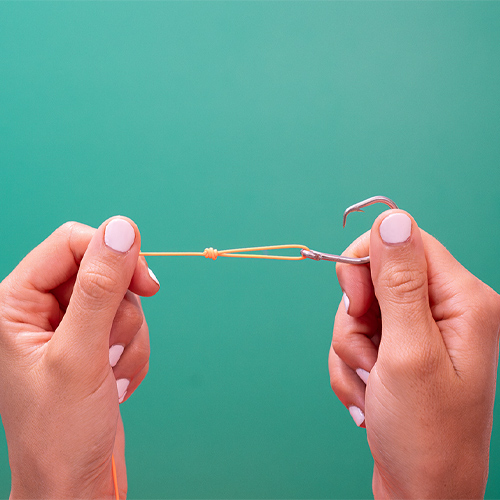What Is A PFD
PFDs (personal flotation devices) or life jackets enable you to stay buoyant in the water in the event that you go overboard. A PFD or life jacket will help keep you safe and prepared if unexpected circumstances arise on the water.
U.S. Coast Guard and state boating laws require all passengers to have an approved PFD when in a boat. These rules say that a boat must have one PFD for each person on board. Certain types of boats are also required to have a cushion or ring that can be thrown to a person in the water.
You may be asking yourself, "What is a PFD" or "Which type of PFD do I need to have on board?" If you are not sure which type or how many you are required to have, check your state's boating laws to be sure have everything you need for boating safety purposes. Most importantly, don't forget to make sure each type of PFD is U.S. Coast Guard approved.
Types Of PFDs
There are five main types of PFDs that should be used depending on the boating environment or situation. When you operate a boat, you are required by law to have these important pieces of boating safety equipment on board.
Type I PFD
This is an offshore life jacket that has been designed to keep you buoyant in rough, open water. This type of PDF or life jacket will usually turn an unconscious person face up and has over 22 pounds of buoyancy. This is the best type of life jacket for staying afloat in remote areas for longer periods of time.
Type II PFD
The type II PFD is a near shore buoyant life jacket that is made in a variety of sizes for both adults and children. This type of life jacket is intended for calm inland waters where there is a high likelihood of a quick rescue. These life jackets are less bulky than a Type I, and many will turn an unconscious person face-up in the water.
Type III PFD
Flotation aids, or type III PFDs, come in a number of styles that suit different boating and watersport activities. This type of PFD is only intended for use in calm waters where there is a very high chance of fast rescue since they aren't made to turn an unconscious person face-up.
Type IV PFD
A throwable device, or type IV PFD, includes boat cushions, ring buoys, and horseshoe buoys. This type of PFD is not to be worn on the body, and they have to be supplemented by a wearable life jacket. Keep Type IVs on board and immediately available for emergencies, but remember that they should never be used for small children, non-swimmers, or anyone who is unconscious.
Choosing The Best Life Jacket
Now that your questions about what is a PFD and/or what types you should have on board are answered, you should learn about selecting the best life jacket style and fit for your size. As an adult, your chest size will determine which size is the proper fit. For kids, body weight will be the determining factor -- remember that any child on board must always have a PFD that has been specifically made in a youth size.
To make sure your life jacket is in good working condition, you can try it out in shallow water under close supervision. Beforehand, just make sure the PFD is properly fastened, hold your arms up over your head, and ask a friend or family member to hold onto the arm openings and gently pull up. There should be no excess room above the arm openings, and the jacket should not slide up over your face or chin. Finally, don't forget to check for any tears in the material, missing straps, or other damage.
Before you leave shore, take the time to read through this boat safety checklist.
KEEP LEARNING

TakeMeFishing x Teen Vogue
Join us on a creative journey as fashion designer Ahmrii Johnson walks us through her collaborative vision and process with Teen Vogue and fashion brand, Rentrayage, to create a special piece.
LEARN MORE

First Catch Center Trailer Gallery
FCC Trailer Photo Gallery
LEARN MORE

How to Tie a Duncan Knot
Learn to tie a Duncan knot by following these five simple steps. Watch our new video.
LEARN MORE



.png?lang=en-US&ext=.png)